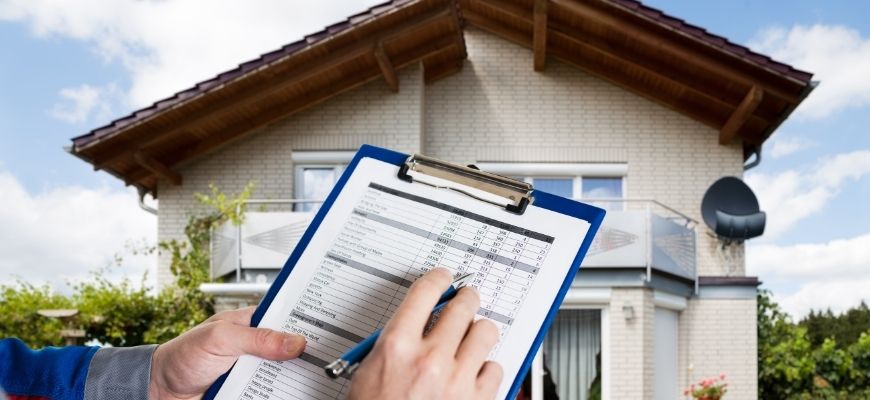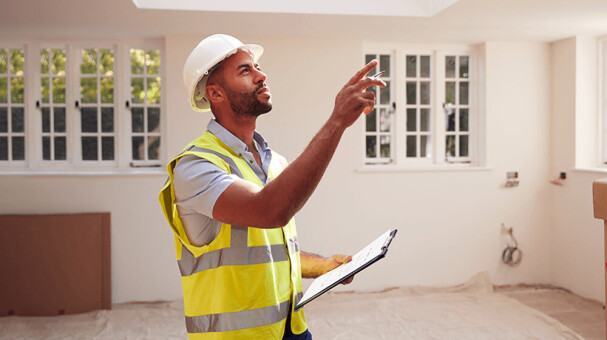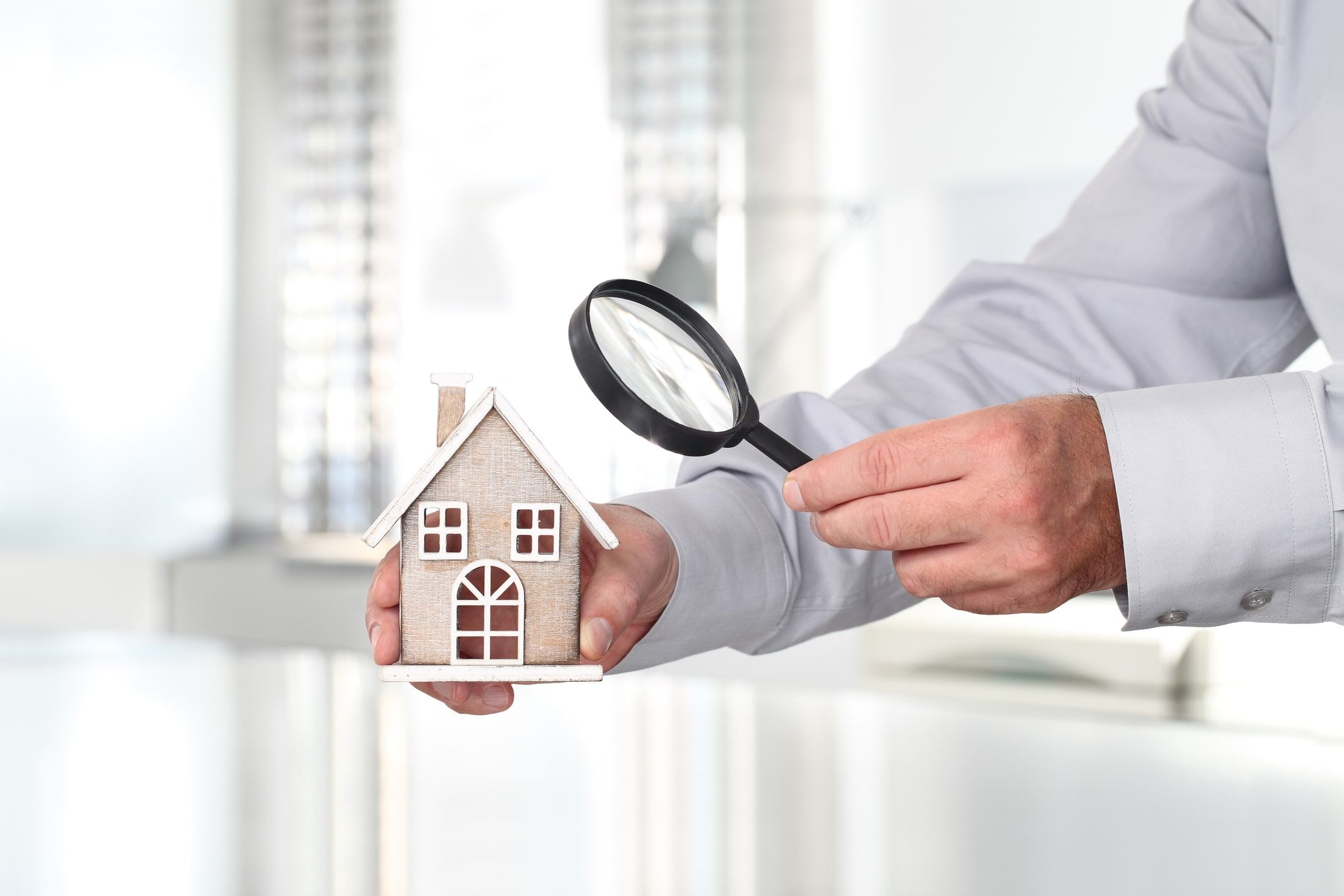Commercial property inspections for office buildings, storage facilities, and shops
Commercial property inspections for office buildings, storage facilities, and shops
Blog Article
What Is Included in a Detailed Building Inspection Process?
A detailed property inspection process is necessary for guarding investments and guaranteeing safety. It encompasses a precise assessment of structural stability, electric systems, pipes, and HVAC systems, to name a few crucial elements. Assessors carry out a detailed examination of both exterior and indoor elements, recognizing possible hazards and conformity with industry standards. The resulting report functions as a vital source for possible customers and existing proprietors alike. Nevertheless, the specifics of what examiners prioritize, and the implications of their findings, can substantially influence decision-making. What, then, are one of the most important elements that can make or break a home assessment?
Review of Building Assessment

The assessment encompasses numerous essential locations, consisting of the exterior and indoor elements, systems such as pipes and electrical, and any kind of visible architectural elements (Best home inspections). Throughout the process, the assessor documents the problem of these aspects, looking for indicators of wear, damage, or prospective risks
A comprehensive residential or commercial property inspection not just assists prospective customers make notified decisions yet also aids current proprietors in comprehending essential repair work or upkeep tasks. By giving an in-depth report of searchings for, the evaluation enables stakeholders to focus on problems that may need immediate attention or might affect future financial investment.
Furthermore, an effective assessment procedure complies with established industry standards and guidelines, making sure a regular and reliable evaluation. On the whole, the residential or commercial property evaluation process is a necessary device in property transactions, promoting transparency and safeguarding both buyer and seller interests.
Structural Assessment

Throughout the assessment, experts analyze various components, including the structure, framework, wall surfaces, and roof systems. They try to find indicators of changing or settling, such as cracks in walls or unequal floors, which can symbolize underlying problems. The examination additionally entails examining the quality of construction materials and techniques utilized, making sure conformity with structure codes and requirements.
In addition, assessors might examine for indicators of dampness invasion, which can cause timber rot and mold and mildew, further compromising structural integrity. They also evaluate load-bearing components to ensure they can sufficiently support the weight of the building and its contents.
Ultimately, an extensive structural evaluation gives very useful insights for prospective purchasers and property owners, allowing them to make educated choices relating to home investments and needed maintenance. By determining structural worries early, owners can attend to issues proactively, protecting the long-term worth and safety of the residential property.
Electrical System Evaluation
An effective electrical system analysis is essential in the building evaluation procedure, as it evaluates the security, capability, and compliance of a building's electric framework - Home inspections. This analysis generally includes a detailed evaluation of the primary electric panel, breaker, and wiring systems. Examiners try to find indicators of wear, corrosion, or damage that may endanger security
The evaluation includes screening for sufficient grounding and bonding, guaranteeing that the electrical system is properly connected to stop electrical shock or fire risks. Examiners likewise examine the ability of the electric system to take care of the existing lots, recognizing any potential overloading problems that can result in failings or outages.
Additionally, the analysis look for the presence of GFCI (Ground Mistake Circuit Interrupter) and AFCI (Arc Mistake Circuit Interrupter) devices in appropriate areas, which are essential for shielding versus electrical shocks and avoiding fires. Conformity with regional building regulations and laws is additionally confirmed to make sure that any installations or modifications fulfill safety and security requirements.

Pipes and A/c Checks
Adhering to the electrical system evaluation, the pipes and cooling and heating checks are integral elements of the building inspection procedure. These analyses ensure that the necessary systems of the building are functioning properly and safely, thus safeguarding the financial investment and well-being of the residents.
During plumbing evaluations, professionals evaluate the condition of pipes, fixtures, and water drainage browse around here systems. They look for leakages, deterioration, and any kind of indicators of water damages that can show bigger problems. The effectiveness of hot water heater is additionally reviewed to guarantee they satisfy present requirements and offer sufficient warm water supply.
The a/c checks include a thorough examination of air, air flow, and home heating conditioning systems. Inspectors will examine the operational efficiency of these systems, ensuring that they maintain a comfy interior setting. This consists of examining the heater, air thermostat, conditioner, and ductwork capability. In addition, the examiner will seek any type of signs of wear or possible security hazards, such as carbon monoxide gas leaks in home heating systems.
Outside and Inside Assessments
Outside and indoor examinations are vital aspects of the building evaluation procedure, offering a thorough overview of a residential property's condition. The outside examination involves examining architectural components such as the roofing, home siding, structure, and windows.
The interior inspection concentrates on the problem of living areas, including walls, floor covering, and ceilings. Assessors take a look at the performance click to read of doors, devices, and home windows, while likewise looking for signs of dampness or architectural problems. Electrical systems, pipes components, and heating and cooling units are looked at to guarantee they are in functioning order, certified with building regulations, and cost-free from security risks.
Both examinations finish in a detailed record that highlights important findings and recommendations for fixings or additional analyses. This twin approach makes sure that potential purchasers or owners are completely educated about the home's toughness and weaknesses, allowing them to make well-informed decisions.
Verdict
In conclusion, a detailed property evaluation procedure incorporates a substantial evaluation of structural stability, electric systems, pipes, and heating and cooling systems, along with detailed exterior and interior assessments - Best home inspections. By systematically evaluating each vital part, possible safety and security hazards and compliance with market requirements and regional building ordinance can be recognized. The resultant thorough record functions as a vital resource, equipping purchasers and house owners to make informed decisions relating to building investments and maintenance, ultimately improving security and value
An extensive residential property examination procedure is essential for ensuring and safeguarding financial investments safety and security.Throughout the assessment, experts evaluate various components, including the foundation, framework, walls, and about his roof systems.A reliable electric system evaluation is important in the residential property evaluation process, as it assesses the safety, functionality, and compliance of a structure's electric framework.Outside and indoor inspections are vital aspects of the home assessment procedure, supplying an extensive overview of a residential property's condition.In conclusion, a detailed home evaluation procedure includes a comprehensive evaluation of architectural stability, electric systems, plumbing, and A/c units, along with thorough exterior and interior examinations.
Report this page